The Party History Stories around Me (VII)
Source: cugjdxy
Shi Yaocheng (Geological Equipment Engineering)
My hometown is Xinye County, Nanyang City, Henan Province, an ancient city with a long history. The development history of our party in Xinye is clearly presented in the Party History Museum in our hometown. The earliest human relics found in Xinye are in the late Neolithic age between 4000 and 6000 years ago. Human living relics are surrounded by the beautiful banks of the Baihe River. Under the leadership of the Communist Party of China, Xinye County has become increasingly vibrant and dynamic, developing special industries according to local conditions.
Xinye County takes "one center, one museum, one shrine and one park" (Xinye County New Age Civilization Practice Center, Party History Museum, Martyrs' Memorial Shrine and White River Beach Party Building Theme Park) as the main base, and simultaneously selects and launches local red resources education bases such as the birthplace of the CPC Xinye County Committee, the first party branch in Xinye County, the place where General Chen Geng recuperated from his wounds, the site of the rear hospital of the third branch of Tongbai Military District and the former site of the Dahupo Uprising. The Xinye Party Branch was established in February 1928 by Huang Wenqing. After that, revolutionary martyrs made great contributions to the revolutionary cause.
In the learning of 100 years of party history activities, Xinye County innovated party history learning and education forms, timely implanted red elements in tulip festival, village community and landscape building, integrated the education of the history of the Party into all aspects of the citizens' better life, subtly planted the mass base of the Party, and strengthened the ideals and beliefs of cadres and the masses to follow the Party.
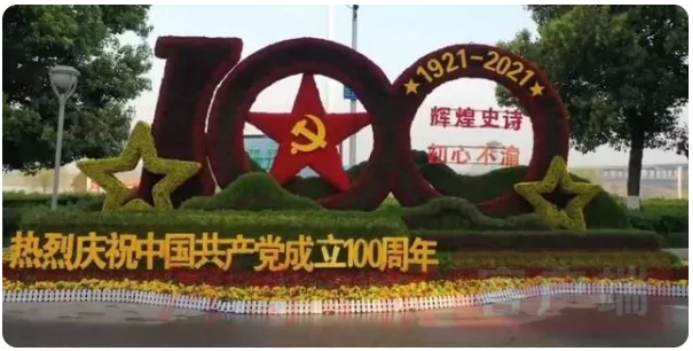
Learning the 100 Years of Party History
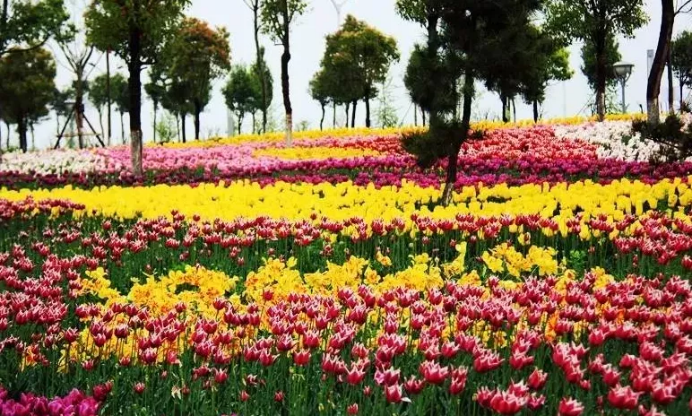
Tulip Blossoms
Liu Haojie (Geological Equipment Engineering)
My hometown is located in Ezhou City, Hubei Province. The beautiful Ezhou, with its charming landscape, has become the most livable "eco-tourism city".
As Ezhou is the water transportation center of Southern Hubei, in 1942, the Communist Party of China established an anti-Japanese base in southern Hubei centered on Mayangnao. In this history, Ezhou was not only the seat and command center of the local party, government and military head organs, but also the seat of the head organs and wisdom organs of the party, government and military of South Hubei Province and the command of Hubei and Anhui. In July 1995, it was designated as the patriotism base of municipal cultural relics protection unit. In February 1999, it was designated as a patriotism education base of provincial cultural relics protection unit.
In the ruins of the base area, people can personally review the glorious history and relive the anti-Japanese spirit. It can inspire us to "not forget the original intention, bear in mind the mission", and call on us to persist in the revolutionary belief, adhere to the leadership of the Party, keep close contact with the masses, persist in proceeding from reality, unite as one, strive for the steady development of the whole city, contribute to the construction and development of the country!
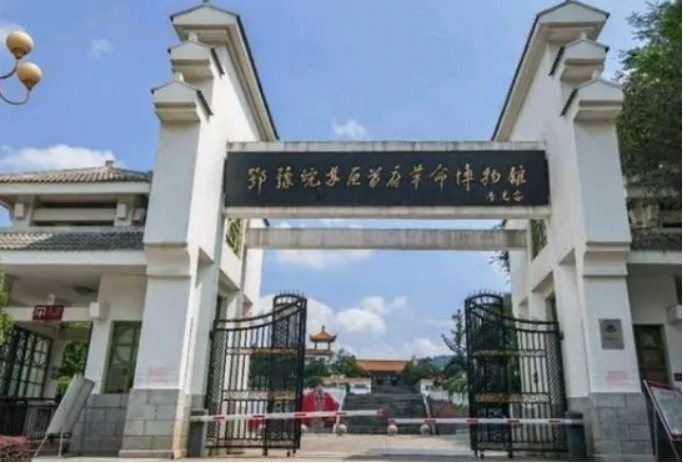
Ruins of Anti-Japanese base in southern Hubei
Xu Yu (Geological Equipment Engineering)
My hometown is located in Xinyang City, Henan Province. Xinyang is a famous old revolutionary base area, with thick revolutionary history and rich red cultural resources.
The Hubei, Henan and Anhui Revolutionary Memorial Hall was built by Xinyang Municipal Party Committee and the Municipal Government in memory of the great achievements of the martyrs and carrying forward the spirit of the Dabie Mountains. The spirit of Dabie Mountain, which was born in the revolutionary history of Dabie Mountain, not only played a significant role in the revolutionary war years, but also has important contemporary value in the new historical period. In September 2019, General Secretary Xi Jinping came to the Martyrs Cemetery in the capital of the Hubei, Henan, Anhui Soviet Region to pay homage to the revolutionary martyrs monument and memorial hall, and overlook the "Red Flag Fluttering" themed sculpture on Hero Mountain. In front of the monument, General Secretary Xi Jinping presented a flower basket to revolutionary martyrs and bowed three times, in deep memory of the heroic sons and daughters who gave their precious lives to the victory of the revolution. General Secretary Xi Jinping pointed out, “Every time I visit an old revolutionary area, I always pay my respects to the historical memorial sites of the revolution. This is to warn all comrades in the party not to forget how the red regime came, how the new China came, and today’s happy life. How did it come? It is to declare that the Communist Party of China will always hold high the red banner, firmly follow the path of socialism with Chinese characteristics, and continue to advance the cause created by our ancestors."
The Hubei, Henan and Anhui Revolutionary Memorial Hall contains the profound spirit of Dabie Mountain, which stimulates the historical mission and sense of responsibility of the broad masses of party members, cadres and the masses, makes positive contributions to the development of socialism with Chinese characteristics, and ensures that the red world will never change its color.
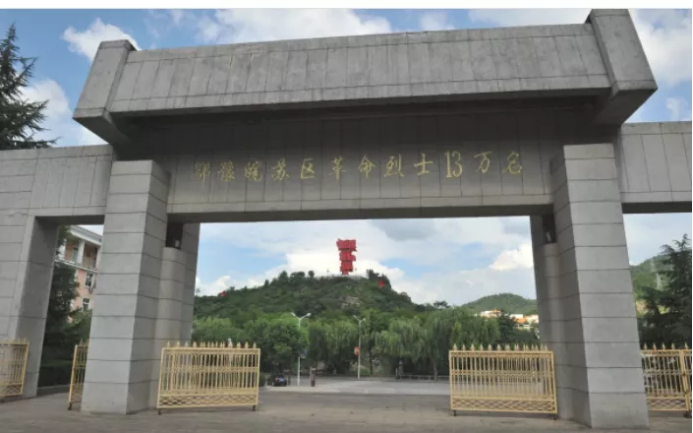
Hubei, Henan, Anhui Revolutionary Memorial Hall
Qiu Wangde (Geological Equipment Engineering)
My hometown is Jiujiang City, Jiangxi Province. Jiujiang is a red hot land, with the red gene originating early, widely distributed and deeply influenced. During the revolutionary war years, many major events took place here. For example, Jiujiang's military and civilian forces joined forces to take the lead in the recovery of the British concession, the Nanchang Uprising was planned in Jiujiang, the first military flag was born in Xiushui, and the first ferry of Jiangxi liberation took place in Pengze. The revolutionary ancestors wrote immortal poems on this red land. Under the leadership of the Communist Party of China, the people of Jiujiang have made important contributions to China's revolution and construction.
Looking back at a hundred years of glorious party history, as the cradle of the Chinese Revolution, the People’s Republic, the People’s Army and the birthplace of the Chinese Workers’ Movement, this red holy land in Jiangxi is soaked in the blood of countless revolutionary martyrs and nurtured the great Jinggangshan spirit, the spirit of the Soviet area, and the spirit of the Long Marc, and carries the original mission of the Chinese Communists. The Chinese revolution moved from Jiangxi to the whole country and from victory to a new victory. Under the leadership of the Party, the people of Jiangxi have forged ahead and achieved a historic transformation from closed and backward to civilized progress, from inadequate food to overall prosperity, and witnessed the Party's unity in leading the Chinese people to achieve the great leap from standing up, getting rich to getting strong.
In the study of party history, we should inherit and carry forward the fine traditions of the revolution, further enhance the ability and level of innovation and integrity, consciously devote ourselves to party history study and education and our own work, stick to our original intention, and bravely assume our mission.
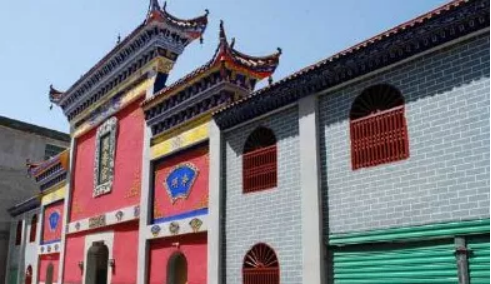
Former site of the General Command of the Autumn Harvest Uprising